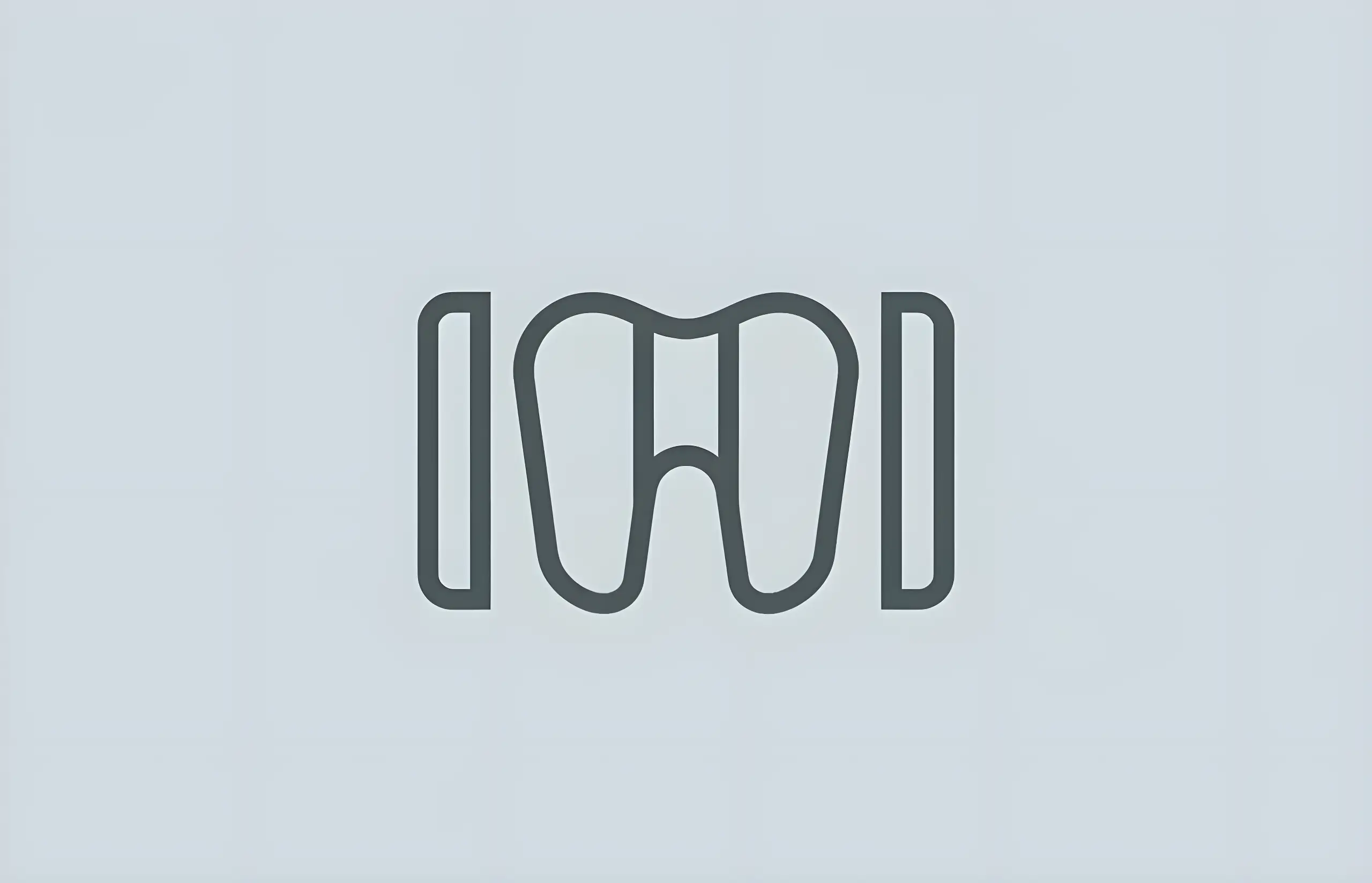Diastema is a space or gap between two or more teeth in the mouth. This condition is most noticeable when it occurs between the two front teeth on the upper jaw.
There are two types of diastema, depending on the location of the gap. Mandibular diastema affects the lower teeth, and median or midline diastema involves the upper teeth.
A gap between front teeth is the most common form of diastema. It can affect anyone in childhood or adulthood, but the spaces can be fixed easily in most cases.
It's normal for children to develop a gap between their teeth, which is usually no cause for concern. Children can develop spaces as their primary teeth fall out, and the areas often close with the eruption of permanent teeth.
Diastema can be small or very large and noticeable, and so it can be a source of embarrassment for some. However, certain cultures admire tooth gaps, and some think they can bring wealth and prosperity to those who have them.
Prevalence of Diastema
Research shows that diastema is particularly common in children. A 2021 systematic review published in the International Journal of General Medicine found that among 1,200 children aged 3 to 12 years, 501 children (41.75%) presented with midline diastema greater than 0.5mm.
In adults, the prevalence is lower at approximately 5.9%, with females (7.4%) slightly more affected than males (4.4%). The majority of diastemas occur in the maxilla (upper jaw) at 97%, with only 1.3% in the mandible (lower jaw) and 1.7% affecting both.
Causes of Diastema
Many factors can contribute to the development of diastema. A systematic review identified the three most common causes in children under 12 years as:
- Supernumerary teeth (particularly mesiodens/premaxillary supernumerary teeth)
- Labial frenum morphology (especially persistent tectolabial type)
- Nasal airflow condensation area
Let's explore all the potential causes in detail:
Size of the Teeth Related to the Jawbone
Sometimes, the size of a person's teeth doesn't match up well to the size of their jawbones. If the teeth are small and the jaw is a little large, one or more gaps can occur between the teeth. This imbalance in size can often be the case with children, and it may resolve itself once the permanent teeth come in.
Genetics
Tooth gaps aren't necessarily hereditary, but jawbone and tooth size can be genetic. Because of this, diastema can sometimes run in families.
Overgrowth of Labial Frenulum
The labial frenulum is the tissue that extends from the upper lip to the gum area between the two front teeth. Sometimes the frenulum overgrows and becomes too large and can block the front teeth from touching, leaving a front teeth gap. It's common in babies, and doctors often address it in the newborn phase.
Research shows that two subtypes of frenum—papillary and papillary penetrating frenum—are most strongly associated with maxillary midline diastema.
Pacifier or Thumb Sucking
If pacifier use and thumb-sucking occur for too long during childhood, gaps can occur as a result of the pressure put on the teeth. Because of the position of the pacifier or thumb, the upper front teeth are most often affected, causing a midline diastema.
Tongue Thrust
When the tongue pushes against the front teeth instead of resting at the roof of the mouth, this is called tongue thrust. Prolonged tongue thrust puts pressure on the lower front teeth and can create a mandibular diastema.
Gum Disease
Periodontitis can cause a gap between teeth if the inflammation causes tooth or bone loss in the jaw.
Peg Lateral Teeth
When the lateral incisors aren't appropriately shaped and are too small and pointy, they're called peg teeth. Between 2% and 5% of the general population have lateral incisors that are peg-shaped, with females slightly more affected than males. These teeth can leave extra space between teeth because of their conical shape and reduced size.
Research shows that among children with supernumerary teeth, diastema occurrence ranged from 8.54% to 59.2%. One Brazilian study found that children with smaller nasal airflow condensation areas had 2.43 times greater likelihood of developing diastema.
Because people can't control some of the causes of diastema, it is not always preventable. You can, however, watch for some of the habits that can cause it and stop them before the full development of the teeth is reached.
Treatment Options
If you decide to seek treatment for cosmetic reasons, or if there is a medical reason instead, there are many treatment options available. Treatment for closing gaps in teeth is often an uncomplicated procedure for mild cases but can be time-consuming and expensive.
Braces
There are different types of braces to choose from depending on your needs. It's usually best for children to wait until all permanent teeth have erupted before using this treatment option.
Success Rates: Research shows that orthodontic treatment successfully closes diastemas, though relapse can occur. Studies indicate that midline diastema relapse occurred in 60% of patients after orthodontic treatment, with unstable patients showing a mean space reopening of 0.78mm. However, diastema closure between central and lateral incisors showed greater stability.
Cost: £1,500-£5,500 depending on treatment type and duration
Duration: 6-24 months typically
Veneers
Typically only for adults, veneers involve placing a thin cover over the teeth to change the shape or colour. Veneers for diastema are made slightly wider than the teeth they cover. They are best for closing small gaps.
A 2023 case report published in Cureus demonstrated successful midline diastema closure using porcelain laminate veneers (PLVs) with "acceptable visual results" and high patient satisfaction. The procedure effectively closed the spacing between maxillary central incisors while maintaining natural tooth appearance.
Success Rates: Research indicates PLVs offer a predicted 91% survival rate over 10 years. They provide "more chemical stability, less cytotoxicity," and reduced irritation risk compared to alternatives.
Cost:
- Composite veneers: £400-£700 per tooth
- Porcelain veneers: £700-£1,000 per tooth
Duration: 2-3 visits over 2-3 weeks for fabrication and placement
Bonding
Composite bonding can be bonded to the sides of the teeth to close small gaps. This is one of the most affordable and quickest options for diastema closure.
A 4-year clinical evaluation published in the Journal of Esthetic and Restorative Dentistry found impressive results for direct composite diastema closure:
Success Rates:
- Overall survival rate: 90.3% over 4 years
- Functional survival rate: 100% (when including repaired restorations)
- Mean survival duration: 46.2 months
- Annual failure rate: 0.9% to 3.4%
The research demonstrated that monochromatic direct composite restorations effectively meet both aesthetic and functional requirements, with composite repair proving suitable for maintaining long-term restoration integrity.
Cost: £90-£200 per tooth
Duration: Single visit, typically 1-2 hours
Dental Bridges and Implants
If some teeth are missing, the rest will shift and create spaces throughout the mouth. Dental bridges and dental implants can take the place of the missing teeth to prevent shifting.
Cost:
- Bridges: £400-£1,500
- Implants: £1,500-£3,000 per tooth
Surgery (Frenectomy)
In the case of overgrown tissue, surgery can remove the excess frenulum tissue with a frenectomy procedure. After surgery, a child's teeth may close the gap on their own, but an adult may need orthodontic treatment to close the gap after surgery.
A 2023 scoping review published in the International Journal of Dentistry analyzed laser frenectomy outcomes across 9 studies with 433 patients:
Success Rates:
- In pediatric patients with primary dentition: 94.7% experienced diastema decrease with mean closure of -1.4±1.0mm
- In mixed dentition: 92.9% showed diastema decrease with mean closure of -1.8±0.8mm
- One 12-year follow-up case showed no relapse and complete closure after diode laser frenectomy
- Spontaneous closure within 2 months in some cases, remaining closed at 4-month follow-up
Advantages of Laser Frenectomy:
- Faster surgical time: 6-10 minutes (versus 9-10+ minutes for scalpel)
- Superior hemostasis with minimal or no bleeding
- No sutures required (versus sutures in all scalpel surgeries)
- Significantly less postoperative pain
- Fewer analgesic medications needed
Important Timing: Current literature recommends that superior labial frenectomy should be delayed until permanent lateral incisors have erupted, as this can allow spontaneous closure of physiological midline diastema. Experts recommend against frenectomy before addressing the diastema with orthodontics to prevent relapse.
Cost: £200-£500 depending on technique (laser typically more expensive)
Duration: Single procedure (6-10 minutes for laser), healing 1-2 weeks
Multidisciplinary Approach for Complex Cases
For complex cases involving peg lateral incisors or multiple aesthetic concerns, a multidisciplinary approach combining orthodontic and restorative treatments often yields the best results.
A 2022 case report published in Cureus demonstrated successful treatment using:
- Orthodontic Phase: Frenectomy followed by space closure with continuous arch mechanics
- Restorative Phase: Composite buildup applied in incremental layers to restore normal tooth morphology
This combined approach achieved "improved aesthetics and symmetry" while maintaining a conservative treatment philosophy.
Which Treatment Option is Right for You?
The choice of treatment depends on several factors:
- Gap Size: Small gaps (1-2mm) respond well to bonding or veneers; larger gaps may require orthodontics
- Age: Children should usually wait for permanent teeth; adults have all options available
- Cause: If frenum overgrowth is the cause, frenectomy may be necessary
- Budget: Composite bonding is most affordable (£90-£200); braces most expensive (£1,500-£5,500)
- Time: Bonding provides immediate results (1 visit); braces take 6-24 months
- Longevity: Porcelain veneers last longest (10-20 years); composite needs replacement sooner (5-10 years)
- Missing Teeth: If teeth are missing, bridges or implants are necessary
Important Considerations
Diastema is often just a cosmetic issue, and usually, there isn't any medical reason to fix gaps in teeth. Many people choose to leave diastemas alone rather than close the gaps with unnecessary treatments.
However, if you do choose treatment, it's essential to:
- Address Underlying Causes First: If gum disease or tooth decay is present, these must be treated before cosmetic procedures
- Consider Long-Term Maintenance: Most treatments require ongoing care and eventual replacement
- Understand Relapse Risk: Orthodontic closure has a 60% relapse rate, so lifelong retainer wear may be necessary
- Set Realistic Expectations: Discuss potential outcomes and complications with your dentist
Cost Considerations in the UK
Diastema closure is generally considered a cosmetic procedure and is not available on the NHS. You'll need to seek treatment from a private dentist.
Here's a cost breakdown:
- Composite Bonding: £90-£200 per tooth (most affordable)
- Frenectomy: £200-£500 (laser more expensive)
- Composite Veneers: £400-£700 per tooth
- Porcelain Veneers: £700-£1,000 per tooth
- Braces: £1,500-£5,500 (varies by type and duration)
- Dental Bridges: £400-£1,500
- Dental Implants: £1,500-£3,000 per tooth
Related Dental Concerns
If you're considering diastema treatment, you may also be interested in:
- What Causes Crooked Teeth
- How to Fix a Crooked Tooth
- What Causes Teeth to Shift in Adults
- Repairing Chipped, Cracked, or Broken Teeth
- What is a Crossbite
- What is an Open Bite
Final Thoughts
Diastema is a common dental condition affecting 41.75% of children and 5.9% of adults. While gaps between teeth are often purely cosmetic, multiple effective treatment options exist for those who wish to close them.
Research demonstrates excellent success rates for various treatments:
- Composite bonding: 90.3% survival at 4 years
- Porcelain veneers: 91% survival at 10 years
- Frenectomy: 94.7% diastema reduction in children
- Orthodontic treatment: effective but with 60% relapse risk
The best treatment choice depends on your specific situation, including the gap's cause and size, your age, budget, and aesthetic goals. Consult with a qualified dentist or orthodontist to determine the most appropriate approach for your needs. Remember that many people embrace their tooth gaps as a unique feature, and treatment is entirely optional unless there's an underlying health concern.
Sources and References
-
[1]
Etiological Factors of the Midline Diastema in Children: A Systematic ReviewInternational Journal of General Medicinehttps://pmc.ncbi.nlm.nih.gov/articles/PMC8197578/
-
[2]
Longevity of direct diastema closure and recontouring restorations with resin composites in maxillary anterior teeth: A 4-year clinical evaluationJournal of Esthetic and Restorative Dentistryhttps://pubmed.ncbi.nlm.nih.gov/33354867/
-
[3]
Labial Frenectomy using Laser: A Scoping ReviewInternational Journal of Dentistryhttps://pmc.ncbi.nlm.nih.gov/articles/PMC10164919/
-
[4]
Anterior Aesthetic Rehabilitation for Midline Diastema Closure With Veneers: A Case ReportCureushttps://pmc.ncbi.nlm.nih.gov/articles/PMC10757758/
-
[5]
A Multidisciplinary Aesthetic Treatment Approach for Peg Lateral of the Maxillary IncisorsCureushttps://pmc.ncbi.nlm.nih.gov/articles/PMC9573331/
All sources accessed and verified on . Medical information reviewed for accuracy and compliance with current guidelines.
Related Articles
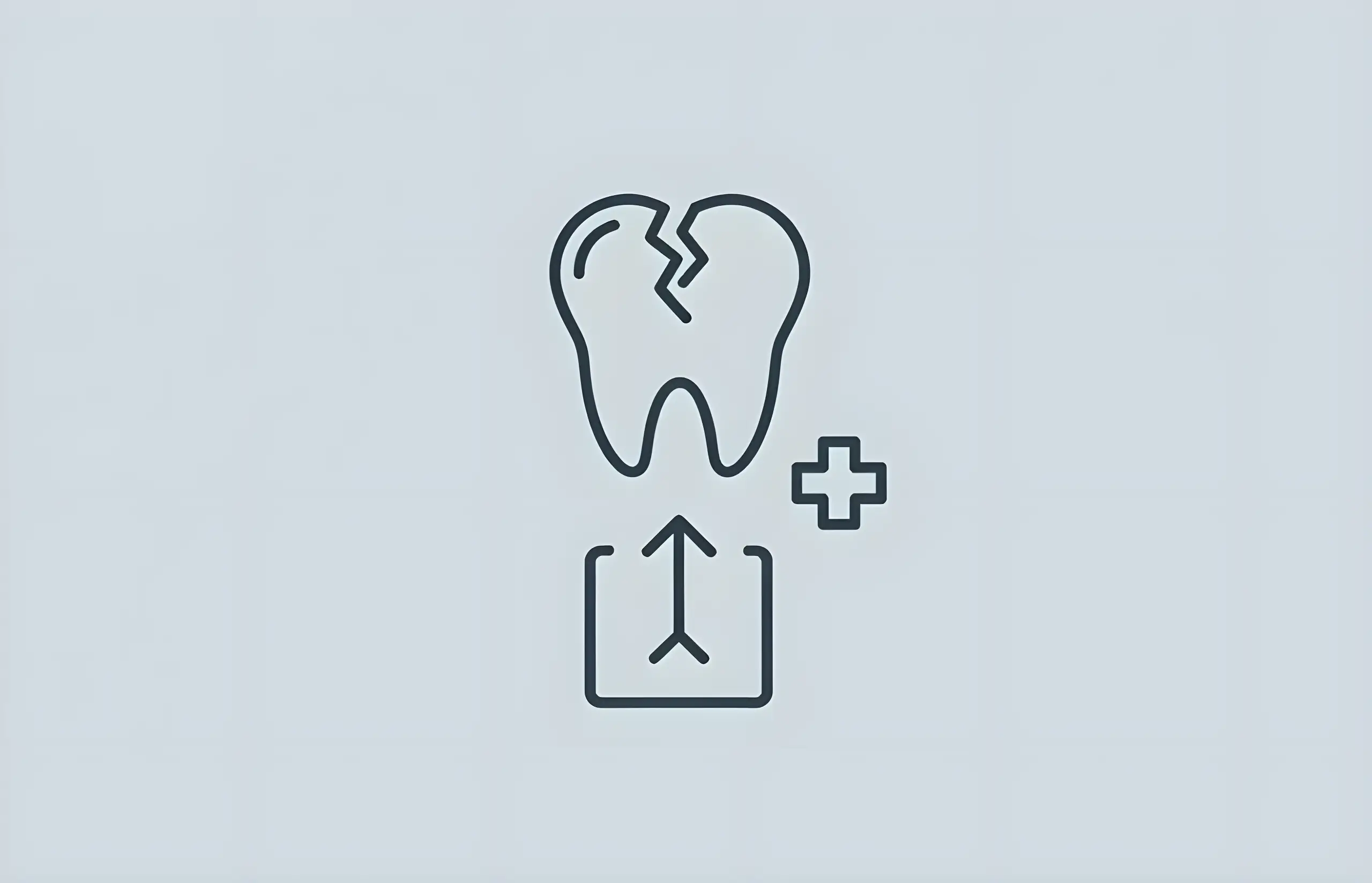
What To Do If You Have A Broken Molar
Understanding why molars break, recognizing symptoms from chips to severe fractures, and knowing when to seek urgent dental treatment
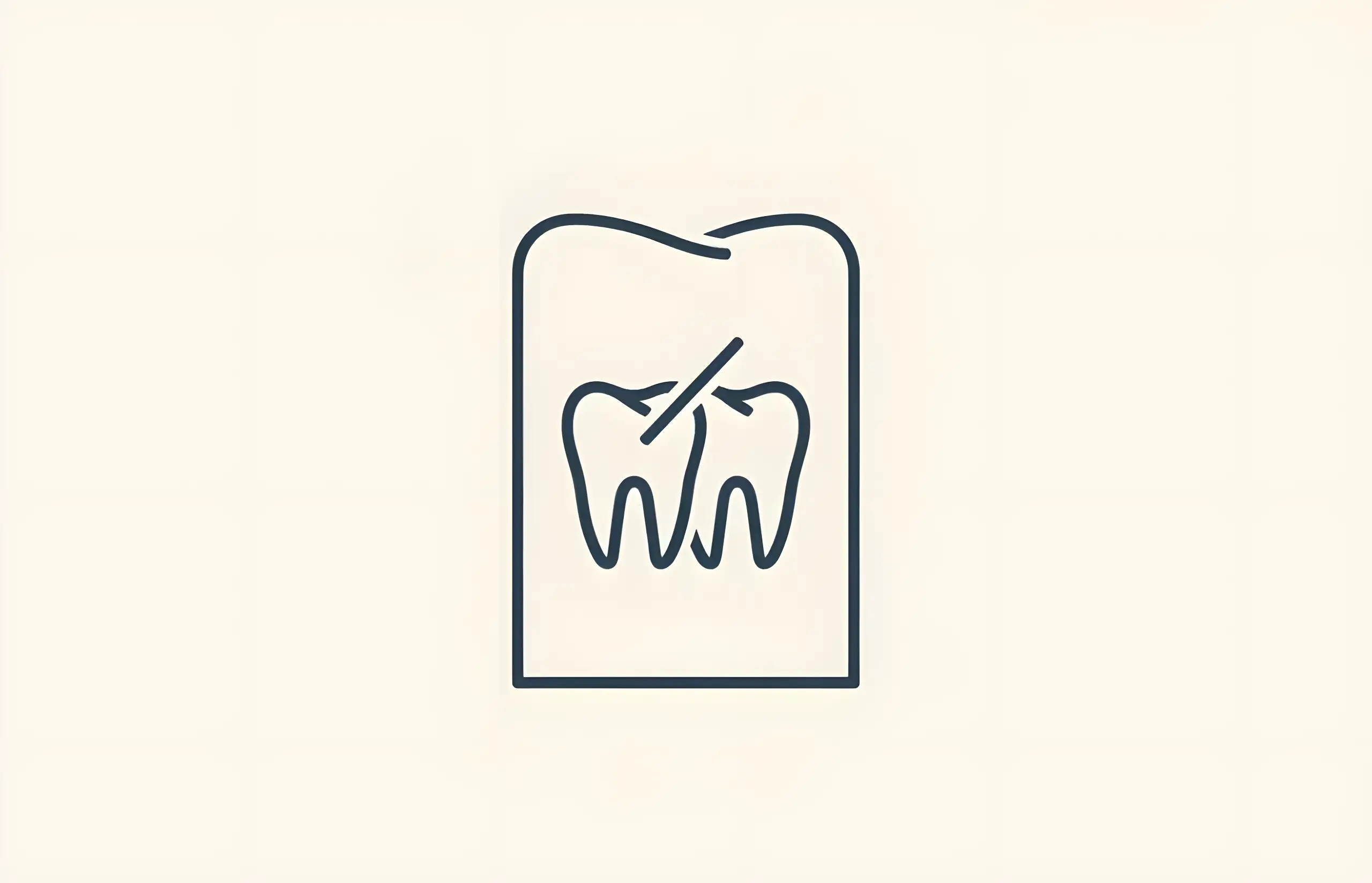
How to Fix a Crooked Tooth
Comprehensive guide to fixing a single crooked tooth, including treatment options, costs, and reasons to seek correction
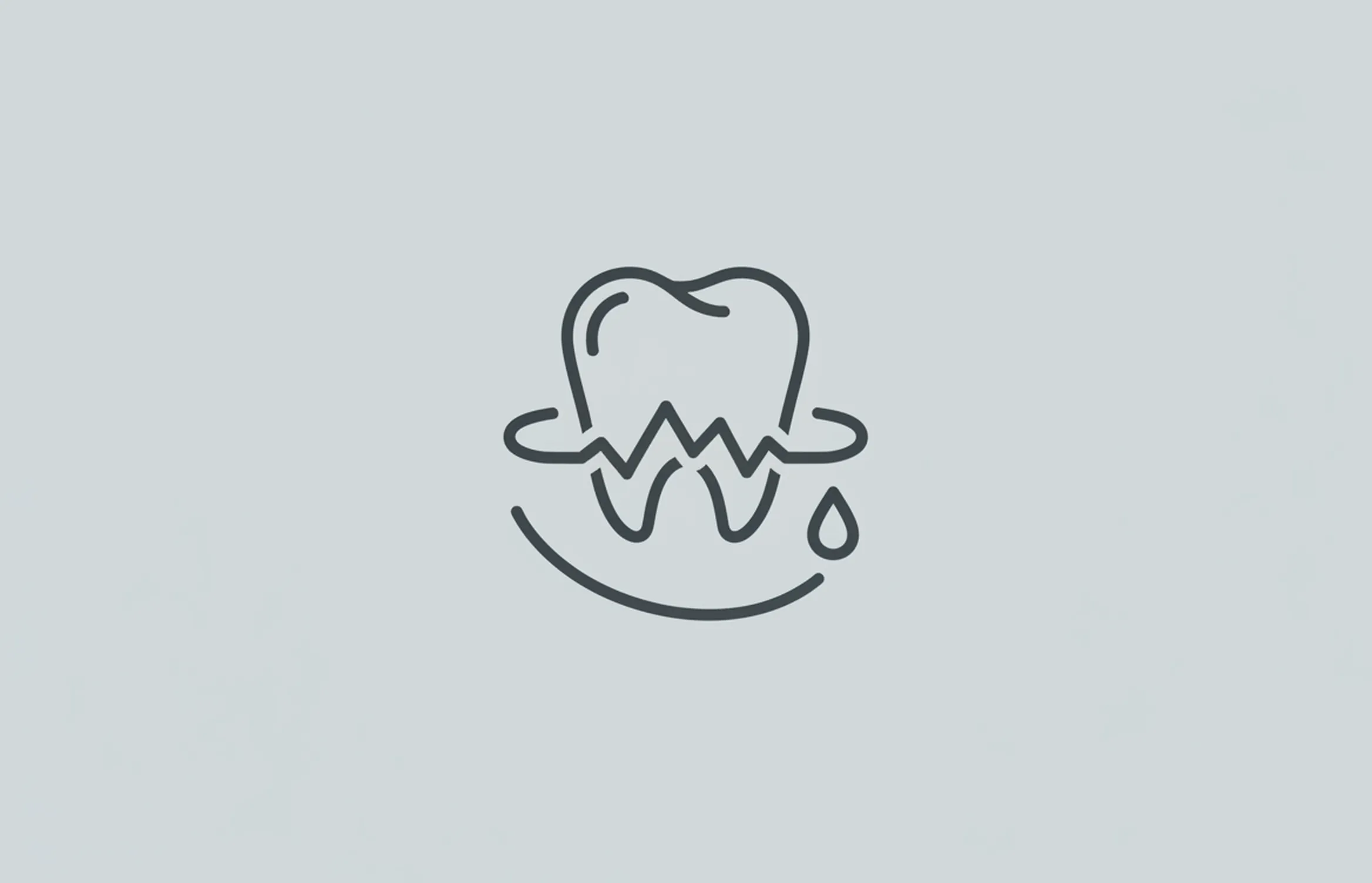
How To Treat Gingivitis
Learn effective treatments for gingivitis including home care strategies, proper oral hygiene techniques, and prevention methods to restore gum health

What is the Cost to Repair Chipped, Cracked, or Broken Teeth?
Comprehensive guide to tooth damage repair costs in the UK: NHS Band 1 (£22.70) for minor chips, Band 2 (£62.10) for fillings/root canals, Band 3 (£269.30) for crowns/veneers, with treatment success rates and prevention strategies
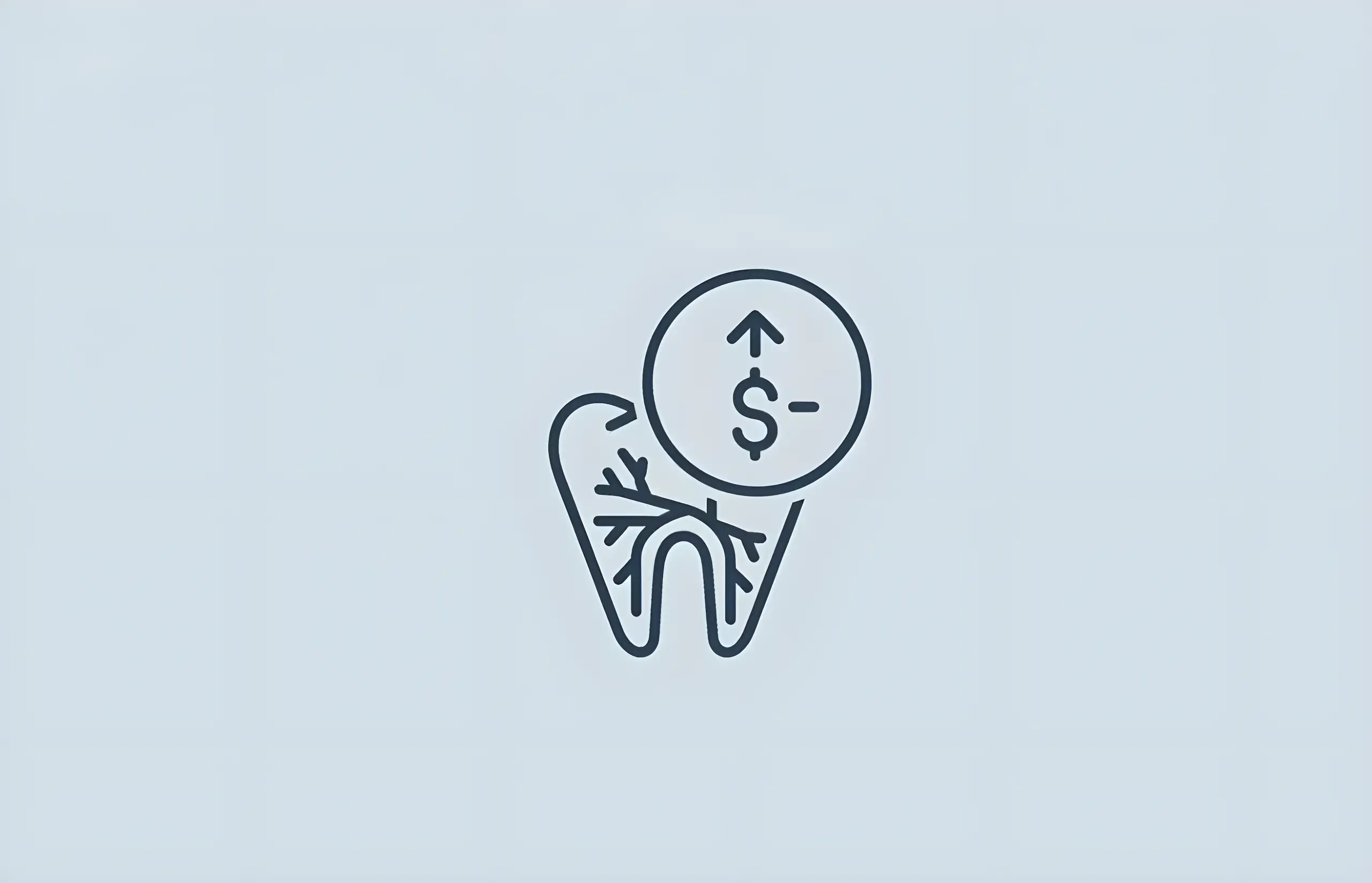
Root Canal Treatment – Costs and Information
Comprehensive guide to root canal treatment including what it is, the procedure, costs in the UK (NHS and private), and who needs endodontic therapy

How Much Does Teeth Cleaning Cost?
Comprehensive guide to teeth cleaning costs in the UK, NHS pricing bands, scale and polish procedures, dental hygiene benefits, and professional teeth cleaning information

How Much Does A Tooth Extraction Cost?
Understanding the costs, procedures, and benefits of tooth extraction in the UK
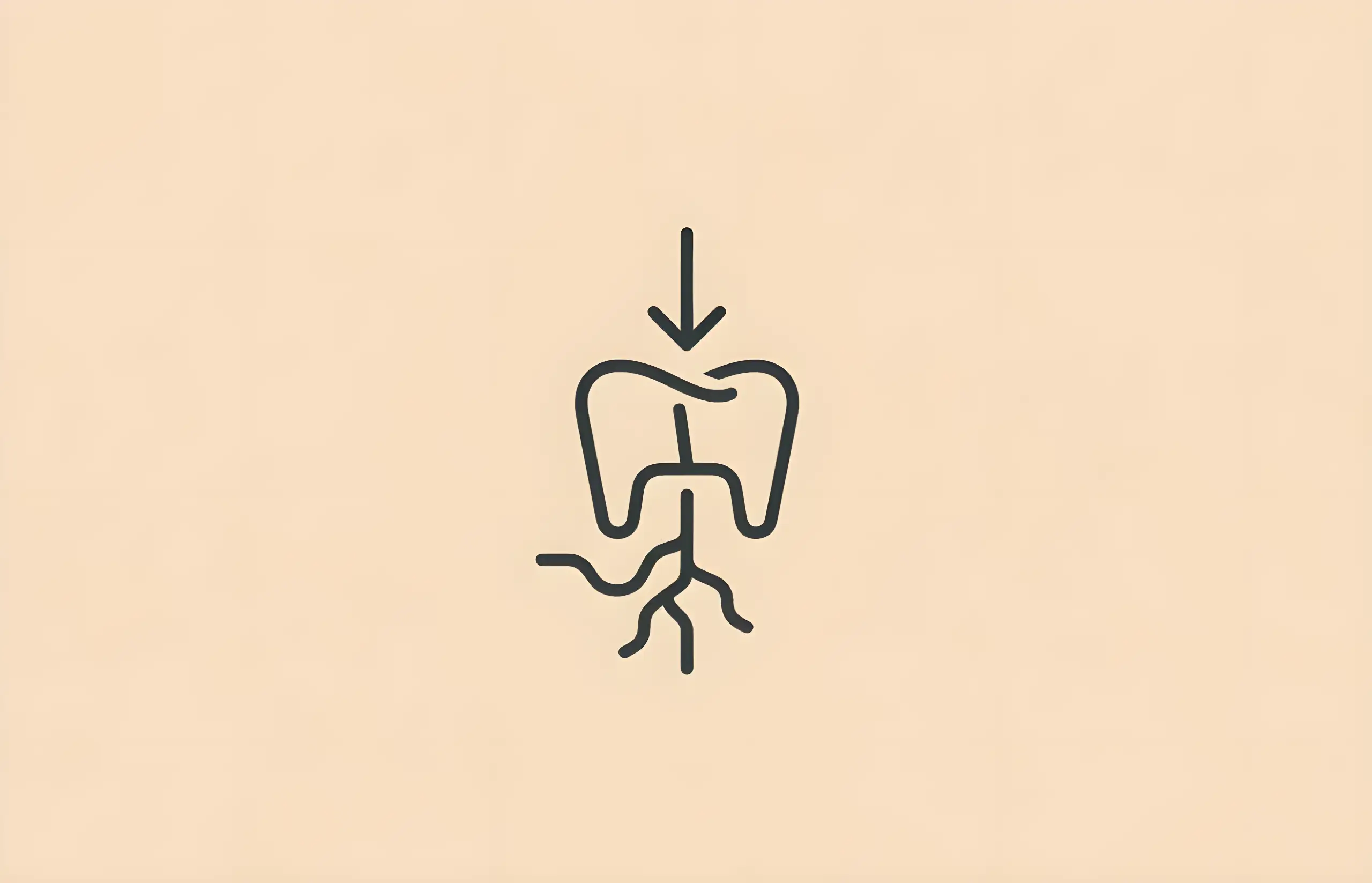
What Causes Teeth to Shift in Adults?
Understanding age-related tooth movement, poor habits, and treatment options to maintain dental alignment in adulthood

What Causes Crooked Teeth?
Understanding the genetic, environmental, and developmental factors that lead to misaligned teeth and available treatment options

What is a Crossbite?
Learn about crossbite malocclusion including types (anterior and posterior), hereditary causes, childhood factors like thumb-sucking, treatment options, and potential complications
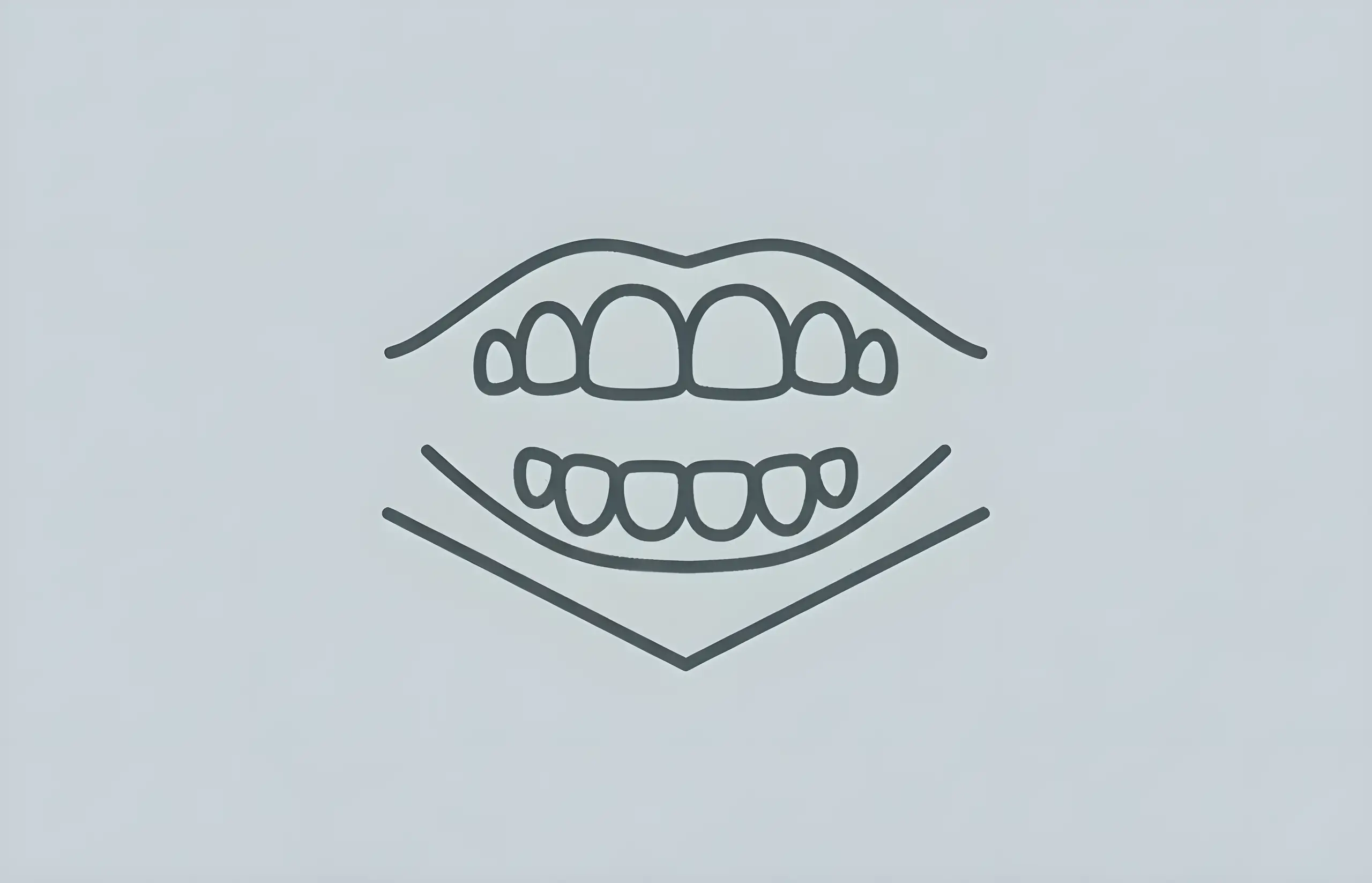
What Is An Open Bite?
Understanding anterior and posterior open bite malocclusion including causes, treatment options from braces to surgery, and functional impacts on speech and eating
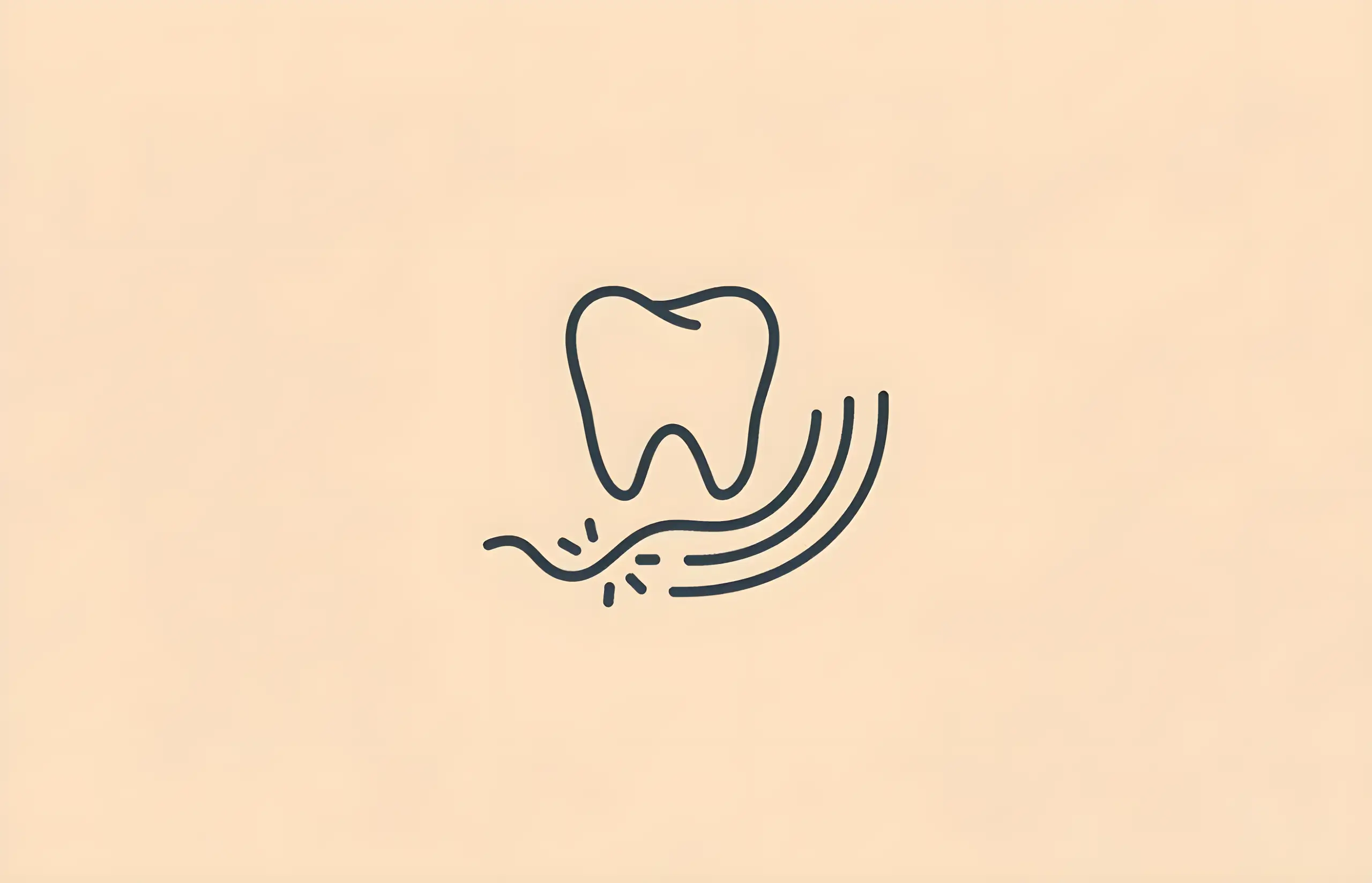
What Is Gingivitis?
Comprehensive guide to gingivitis, a common gum disease affecting 50-90% of adults, including causes, symptoms (bleeding, swelling, bad breath), treatment with scaling, and prevention through proper oral hygiene

What Is Teeth Contouring?
Understanding dental contouring (enameloplasty) - a quick cosmetic procedure to reshape teeth by removing enamel for a straighter, more polished smile
About The Dental Guide
The Dental Guide is a trusted online resource providing evidence-based information about dental health, treatments, and procedures. Our content is created and reviewed by qualified dental professionals to help you make informed decisions about your oral health.
Our Mission
- Evidence-based dental information
- Expert-reviewed content
- Clear, accessible explanations
- Latest treatment options
- Patient-focused guidance
Editorial Standards
- GDC-registered dental professionals
- Peer-reviewed sources
- Regular content updates
- Medical accuracy verification
- Transparent authorship
Important Notice
The information on The Dental Guide is for educational purposes only and should not replace professional dental advice. Always consult with a qualified dentist for diagnosis and treatment recommendations tailored to your individual needs and circumstances.
Medically Reviewed
Reviewed by Dr. Nasim Mechoui , BDS (Bristol)
Share this article
Comments & Discussion
Have questions about dental implants? Share your thoughts or experiences.
